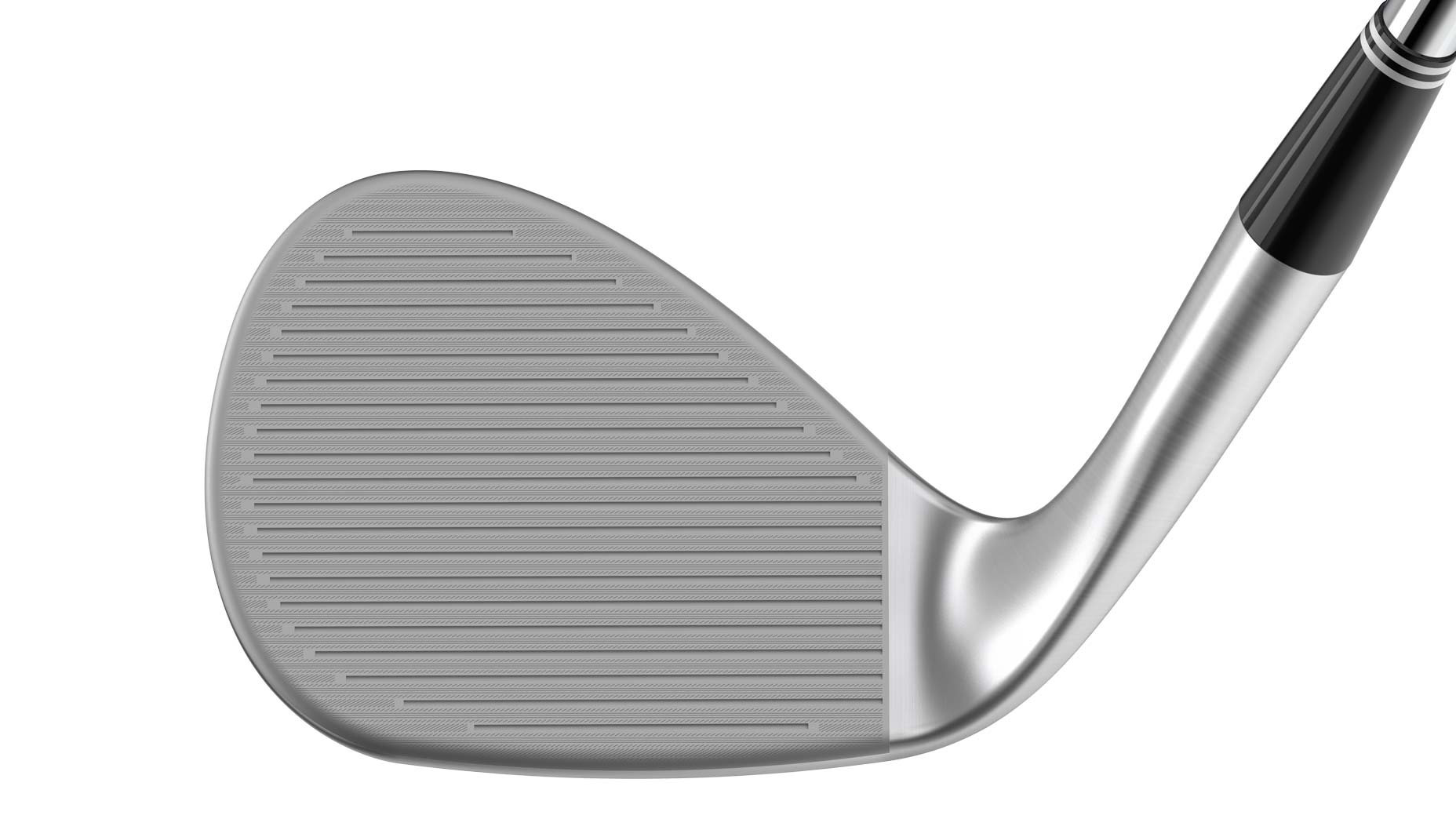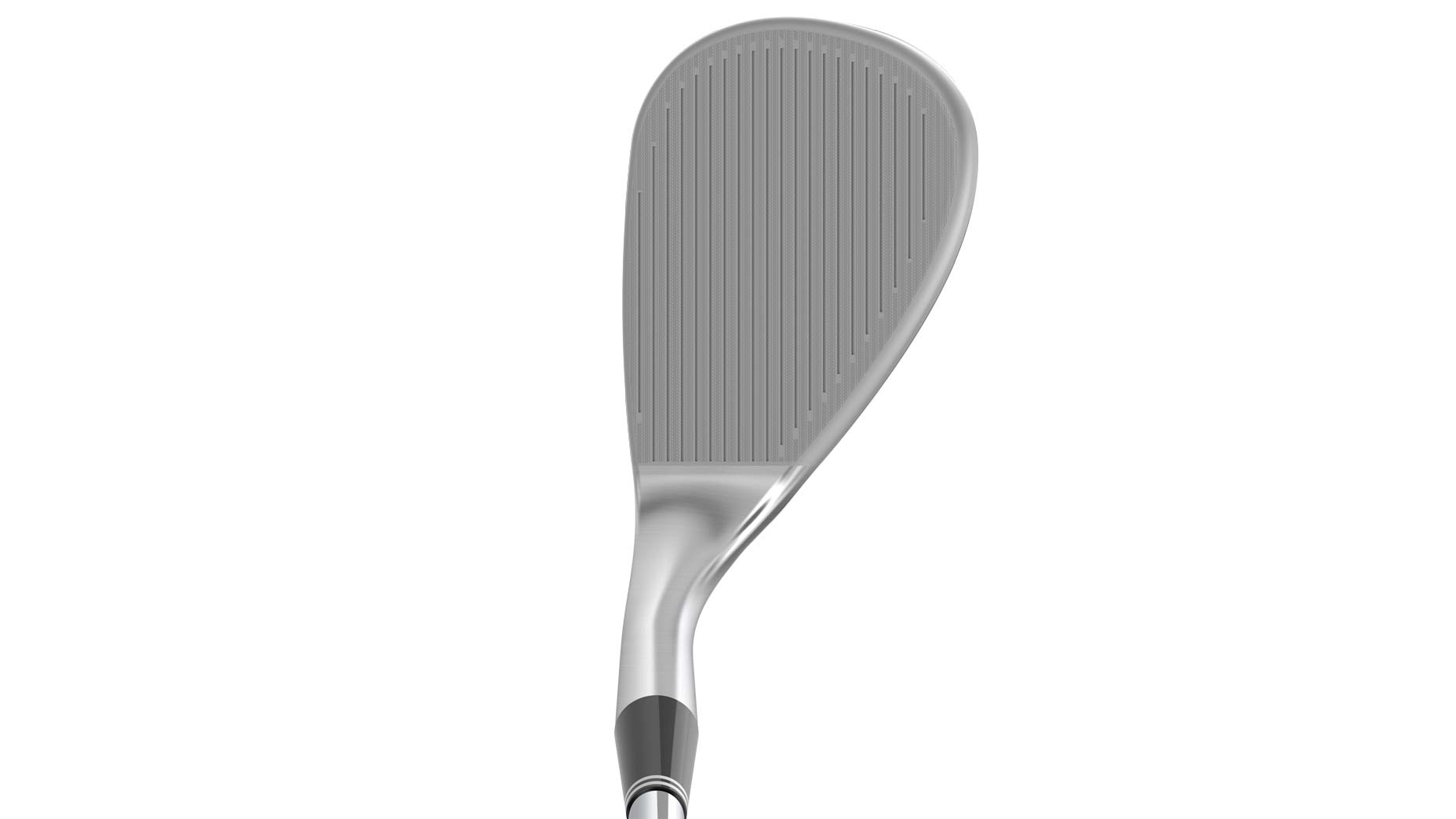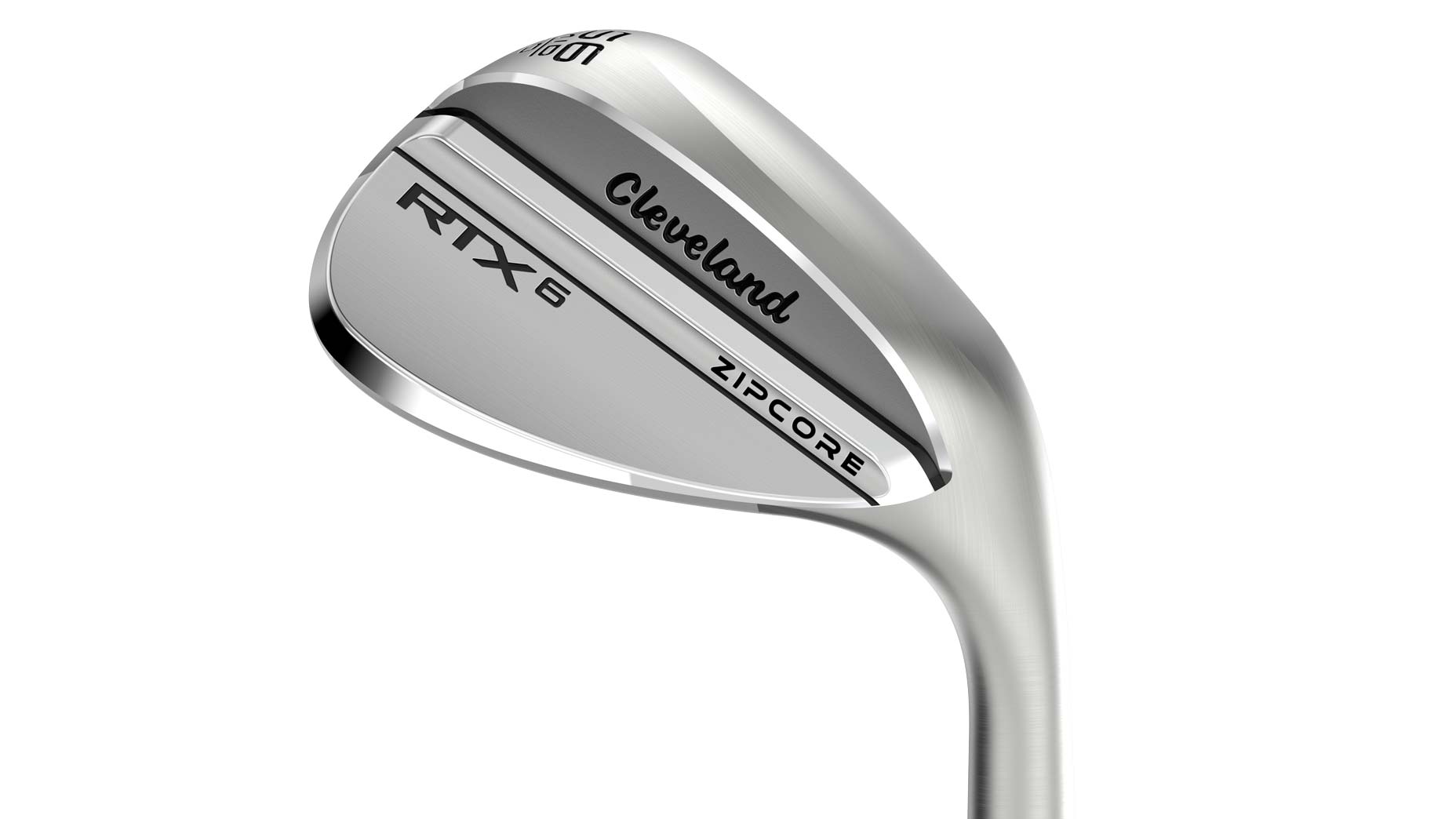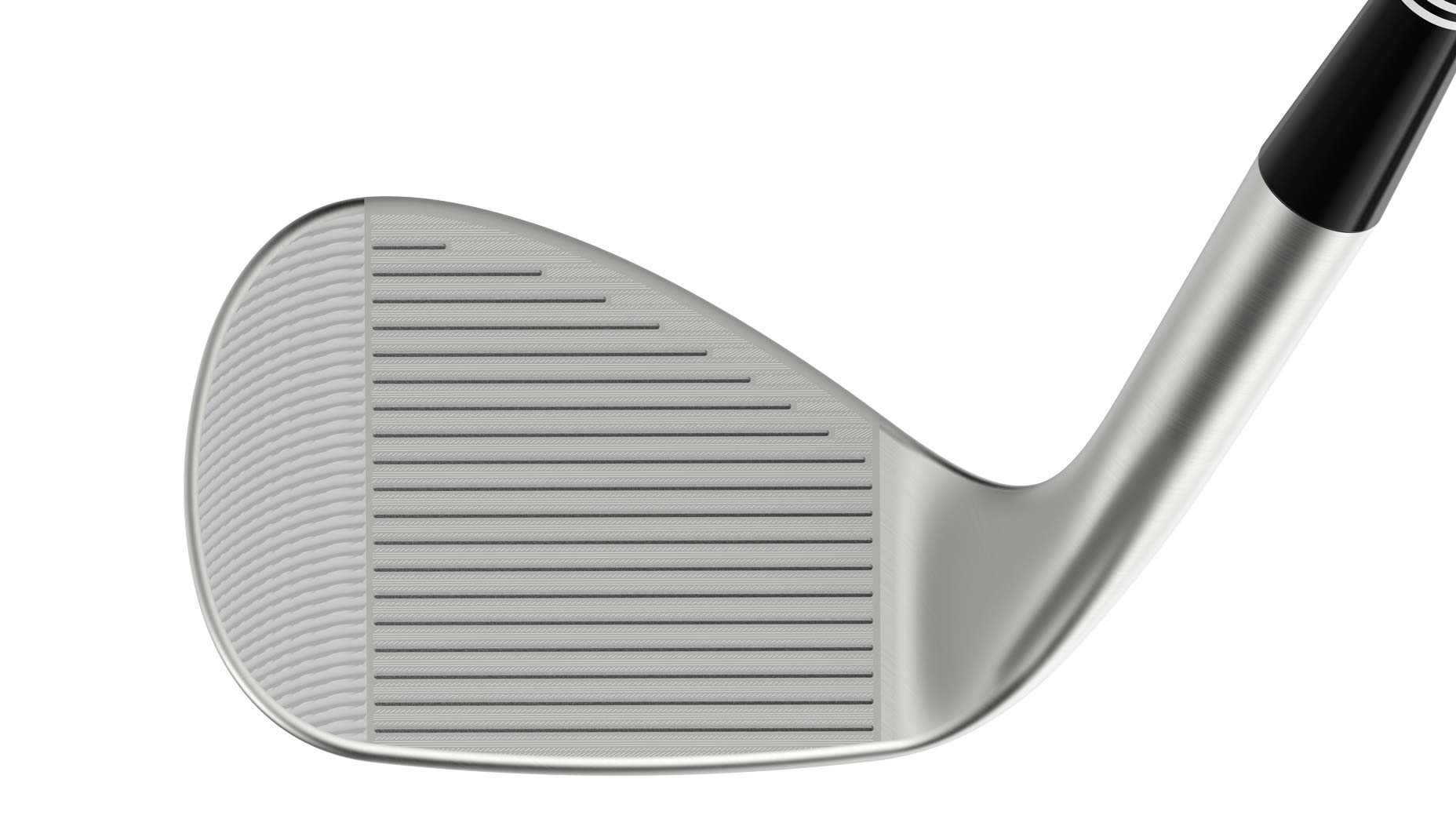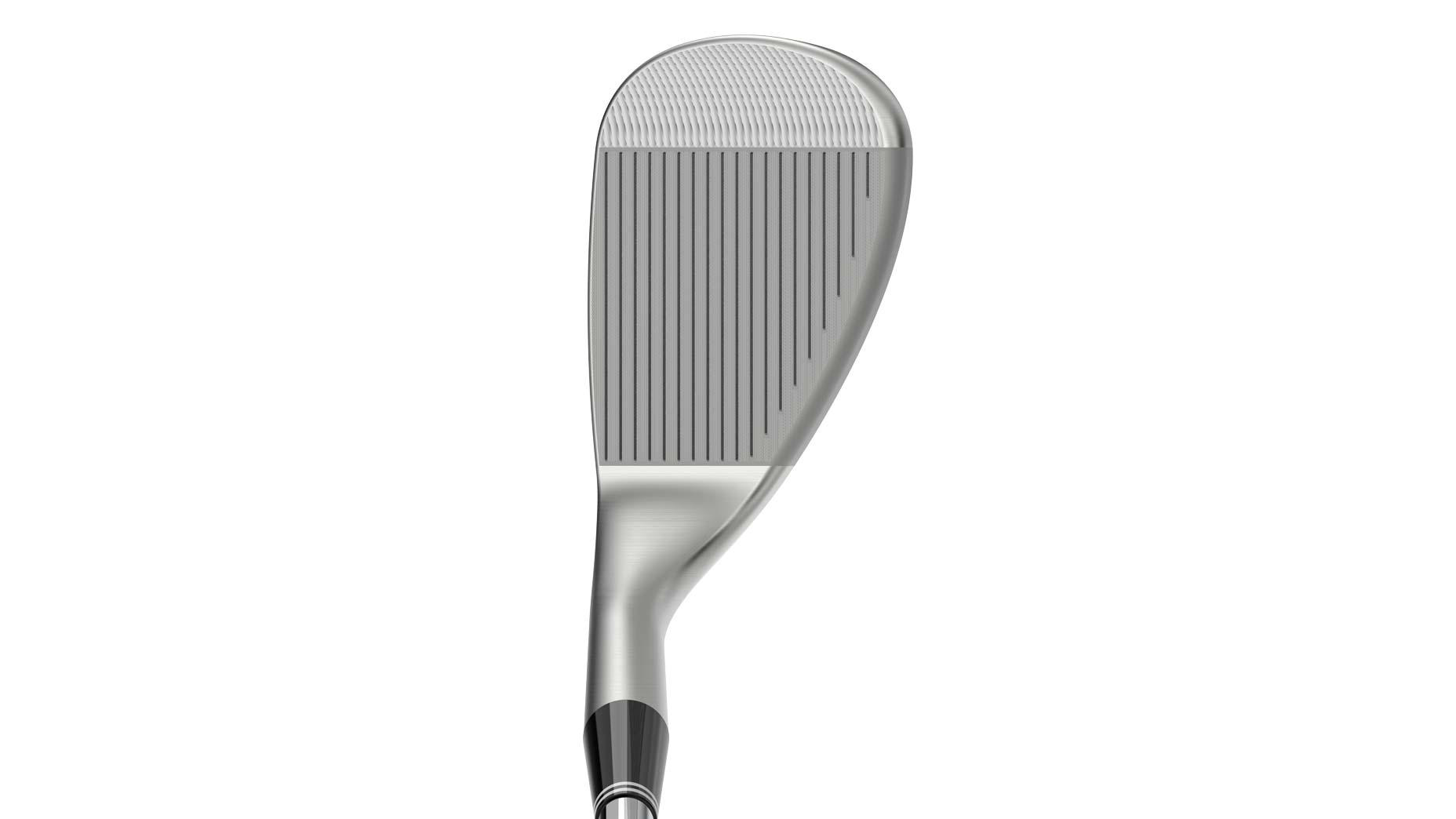Defending champion and world No. 2 Lilia Vu withdrew from the Chevron Championship before the first round because of a back injury.
How to prevent golf-club damage | Fully Equipped Mailbag

In this edition of the Fully Equipped Mailbag, we look at common reasons why your clubs might break and how to avoid it from ever happening.
The post How to prevent golf-club damage | Fully Equipped Mailbag appeared first on Golf.
In this edition of the Fully Equipped Mailbag, we look at common reasons why your clubs might break and how to avoid it from ever happening.
The post How to prevent golf-club damage | Fully Equipped Mailbag appeared first on Golf.
Welcome to another edition of the Fully Equipped Mailbag, sponsored by Cleveland/Srixon Golf, an interactive GOLF.com series in which we field your hard-hitting gear questions.
I went on my dream vacation a month ago, or so I thought. All was going well until I opened my travel bag and found that two of my clubs were snapped in half. Is there anything I could have done to have prevented this? – Greg T., Wisconsin
Ouch. We feel for you on that one. Can’t imagine how frustrating it is to plan a vacation and upon arrival, find one or more broken clubs in your golf bag. The fact is, you’re much more likely to break your clubs in transit (or damage them, at least) than you are breaking a club during play. But, even if you pack your travel bag with extreme care, sometimes things happen that are well beyond your control.

And it’s not just clubs that are susceptible to breakage. Some other stuff in your bag is at risk of breaking, wearing out or degrading over time. Let’s look at a few things that you should look out for to prevent damage as best you can, as well as where to check for breaks, and ultimately, what things you should expect and accept to break at some point.
Prevention
As mentioned, most club damage happens to and from the golf course and/or from hole to hole, not while actually playing golf. A sudden bump in the road can lead to a dented club in the trunk, or a sudden stop on the cart path can lead to a dented clubhead. To prevent this, use your towel and headcovers to limit your clubs from banging against each other as you walk or ride in a golf cart.
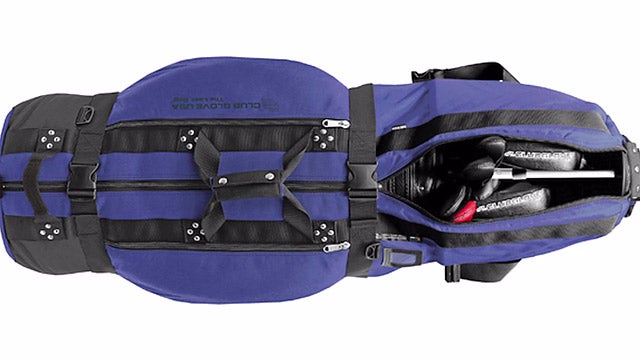
When traveling by air, an improperly packed travel bag can be detrimental. To prevent damage on the plane, use towels or extra headcovers as padding, or as some do, place your irons in the bag upside down. There’s no guarantee you can prevent all damage, but there’s no reason not to do all you can to keep your clubs from breaking.
Another common reason for clubs to break is from water damage/rust. Moisture will cause your grips to degrade much faster and can weaken epoxy where shafts and clubheads come together. Also, the inside of your steel shafts is raw steel, meaning your iron shafts can actually rust from the inside out causing them to weaken and break. After a wet round of golf, be sure and dry all your gear completely.
Check
When a club breaks, it’s usually the shaft down near the hosel. But not always. A club can break anywhere — underneath the grip, on the crown, even the face can break — and it’s usually not as a result of striking a ball, but from your bag falling off a cart onto hard ground or something like that.

Checking each club in the bag for damage is a must, and it’s simpler than you might think. Start by making a visual check, and look for dents or cuts, abrasions or cracks on the shafts and clubheads. Second, give your clubs a waggle and a twist. If things move or you hear loose parts, then a repair is definitely in order. Third, give your clubs a listen. If you hold the clubhead and tap the grip on the ground and it vibrates weirdly or at impact the club sounds different than it used to, there’s probably damage or something loose in the head or even in the shaft.
Accept
Finally, some stuff in your bag will eventually break/wear out. Take tees for example. If you’re the type who adds tape to a tee or who plays with broken tees, unless you’re really strapped for cash or you’ve run out of pegs, you’re probably not doing yourself any favors obsessing over something that’s supposed to break anyway.
Second, your glove will eventually wear out and when it does, there’s no point in wearing it anymore. As soon as you see a hole, ditch it for a new one. Third, your golf shoes aren’t designed to last forever either. Once the traction wears out or they no longer support your feet, it’s time for an upgrade.
Fourth, we alluded to the damage water can do to your grips, but even without moisture your grips will eventually wear out and get slippery. When they do, don’t fight it, just replace them as soon as you can. Finally, your grooves will lose traction after a while, too. When they do, you may see some differences in how your irons and wedges perform and it may be time to step up with some new sticks.
All of our market picks are independently selected and curated by the editorial team. If you buy a linked product, GOLF.COM may earn a fee. Pricing may vary.
Cleveland CBX Full-Face 2 and RTX 6 ZipCore Wedges
Ultimately, most new golf clubs sold today are designed to last a long time so as long as you take care of your gear. “Planned obsolescence,” which essentially means a product has a pre-determined span for how long it’s supposed to last, is not a thing in golf clubs like it is with cameras, computers and cell phones. Your older gear may be bested by new technologies, but that has zero bearing on how well your existing gear will perform and it shouldn’t degrade too much if you take care of your stuff. Breaks and damage might occur at some point, but with proper care and attention, you can prevent most of it.
Want to overhaul your bag for 2023? Find a fitting location near you at GOLF’s affiliate company True Spec Golf. For more on the latest gear news and information, check out our latest Fully Equipped podcast below!
The post How to prevent golf-club damage | Fully Equipped Mailbag appeared first on Golf.

